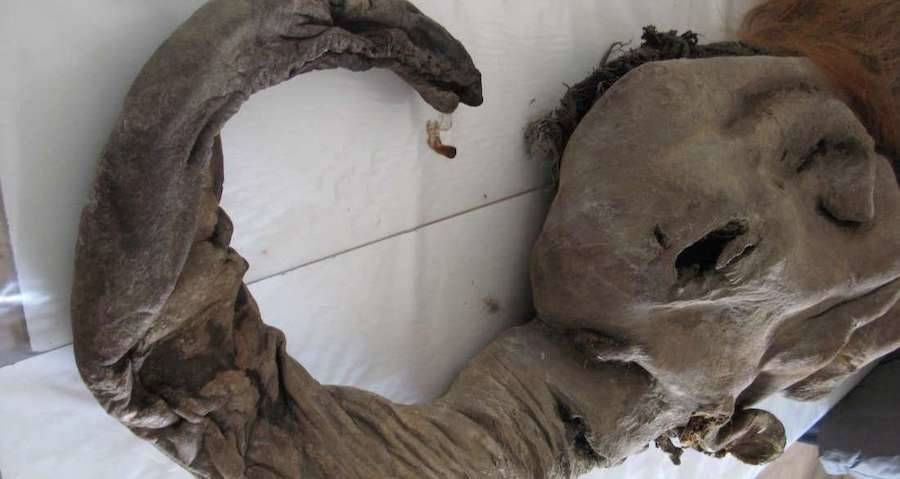In Major Biology News, Scientists Discover Mammoth Cells Showing Signs Of Life

Kindai UniversityThe mammoth from which the active cells were taken.
Like the foal that was dug out of permafrost and whose blood is being used to clone it, another animal may be resurrected in the future after a major discovery this year – though this resurrection might be even more fascinating.
Eight years ago, a giant wooly mammoth was pulled out of the Siberian permafrost after 28,000 years under the ice. Despite the fact that it met its demise tens of thousands of years ago, the mammoth remains were in incredible condition, prompting excited headlines from science news outlets around the world. However, the scientists who were examining the creature believed that excellent exterior preservation was the extent of the excitement – they couldn’t have been more wrong.
This year, researchers studying the mammoth found that the creature’s cells had shown “signs of biological activities” after being infused into mouse oocytes — cells found in ovaries that are capable of forming an egg cell after genetic division.
“This suggests that, despite the years that have passed, cell activity can still happen and parts of it can be recreated,” said Kei Miyamoto from the Department of Genetic Engineering at Kindai University, who authored the study. “Until now many studies have focused on analyzing fossil DNA and not whether they still function.”
After being added to the mouse oocytes, mouse proteins were introduced, revealing some of the wooly mammoth cells to be perfectly capable of nuclear reconstitution. In other words, the cells showed that they were still viable.
Despite the strides, researchers were quick to point out that while the cells did show some signs of the cell cycle, they didn’t show nearly enough to get overly excited about. However, the team maintains that the discovery is an important one and one they are excited to keep working on.





